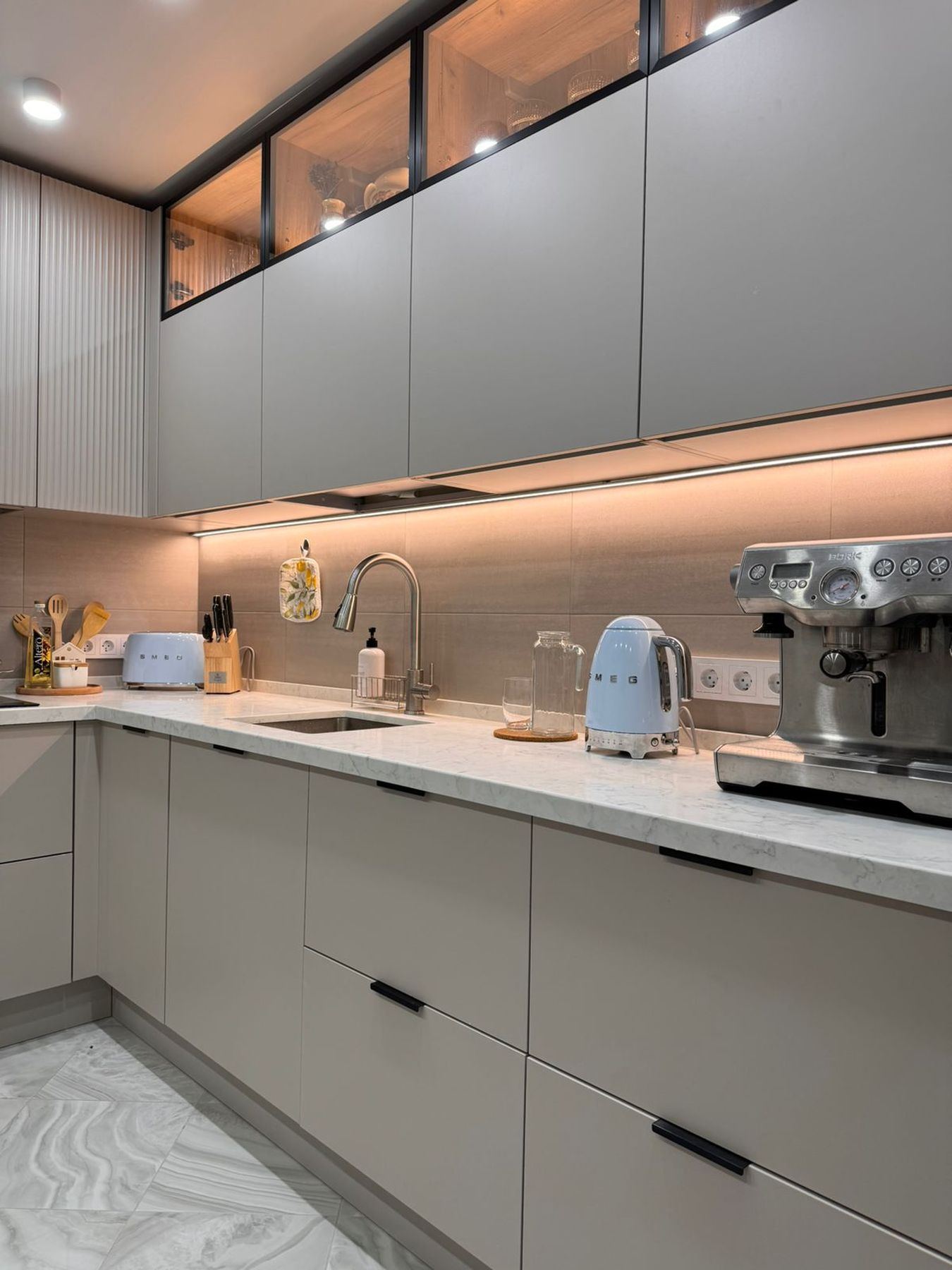
Culinary Spaces Redefined Elegantly
Introduction to Modern Kitchen Design
The heart of the home, the kitchen, has transcended its traditional role as just a space for meal preparation. In contemporary households, kitchens have evolved into multifunctional areas that encourage family gatherings, entertainment, and even remote work. This transformation has given rise to the concept of 'culinary spaces,' which are not just practical and utilitarian but are also visually appealing and cozy living spaces. Redefining these spaces elegantly has become a significant focus for interior designers and homeowners alike.
The Fusion of Functionality and Aesthetics
In redefining culinary spaces, the marriage of functionality and aesthetics is paramount. Storage solutions are now sleek and smart, with hidden compartments and seamless designs that maintain a clutter-free environment. Countertops and work surfaces are crafted from durable yet beautiful materials, ensuring longevity and timeless appeal. Advancements in technology allow for state-of-the-art appliances that blend into the kitchen design, providing both convenience and a touch of elegance.
Spatial Dynamics and Ergonomics
The ergonomic design is a crucial component of the modern culinary space. Optimizing the layout for ease of movement and efficiency reduces the physical strain of kitchen tasks and enhances the cooking experience. The concept of the kitchen work triangle—where the stove, sink, and refrigerator are placed at strategic points to maximize efficiency—has been reimagined to suit the varied lifestyles of individuals and families today. The result is a space uniquely tailored to the needs of its users, allowing for a more intuitive and enjoyable culinary experience.
Incorporating Personal Style
Redefining culinary spaces elegantly involves injecting personal style into the kitchen. Custom cabinetry that reflects one's aesthetic preferences, unique backsplashes, and statement lighting fixtures are just some ways homeowners can express their style. Color schemes range from classic neutrals to bold hues, with textures and patterns that add depth and character. The kitchen becomes a true reflection of the homeowner's personality, making it a space where they can feel truly at home.
Seamless Indoor-Outdoor Transitions
Contemporary culinary spaces often blur the lines between indoor and outdoor living, especially in homes where climate and space allow. Large glass doors and windows can connect the kitchen to an outdoor patio or garden, extending the living space and letting in natural light and fresh air. Outdoor kitchens become extensions of the indoor culinary space, with full-service cooking amenities that facilitate dining al fresco and socializing in nature's embrace.
Sustainability and Responsibility
As we redefine culinary spaces, there is also a growing emphasis on sustainability. Eco-friendly materials, energy-efficient appliances, and waste reduction methods are increasingly incorporated into kitchen designs. Homeowners are more conscious of their environmental impact and are seeking out ways to create a culinary space that aligns with their values, ensuring that elegance and eco-responsibility go hand in hand.
Conclusion: The Evolution of Kitchen Design
The redefinition of culinary spaces elegantly captures the essence of modern living. Kitchens are no longer just functional areas but have evolved into beautiful, comfortable, and sustainable spaces that cater to a variety of lifestyle needs. Through thoughtful design and personal touches, culinary spaces continue to adapt, offering a glimpse into the evolving priorities and preferences of society at large. In the end, these redesigned kitchens are more than just places to cook—they are spaces for living, loving, and creating memories.